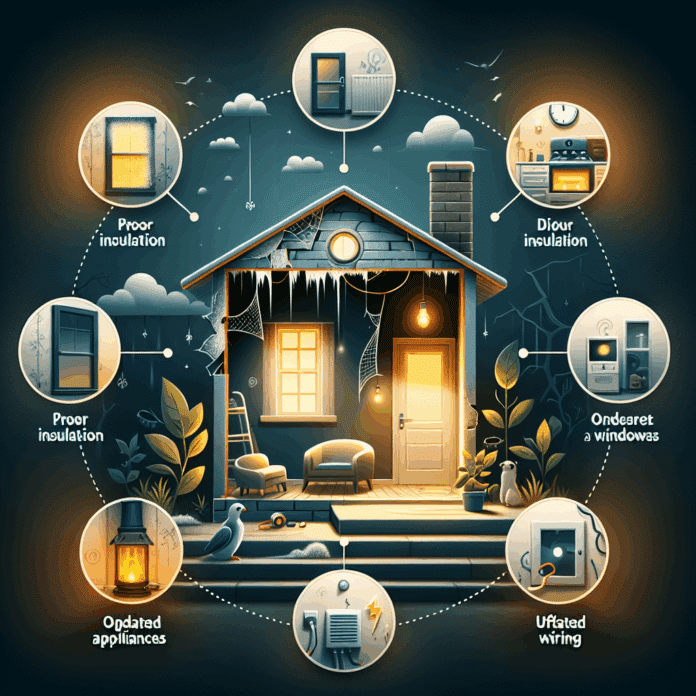Thermal insulation in residential buildings is emerging as a strategic priority in national and European policies, as highlighted by experts from Sto Ibérica. This measure arises in response to the energy inefficiency of households, which accounts for more than 20% of energy consumption in Spain, according to the Institute for Diversification and Saving of Energy (IDAE). Thus, the rehabilitation of housing becomes an essential objective in decarbonization strategies.
Thermal insulation is essential not only to reduce greenhouse gas emissions and energy costs. Its absence brings with it adverse effects that impact the comfort, the health of the inhabitants, and the durability of the structures. Despite these benefits, only 9% of Spaniards have improved the insulation of their homes recently, compared with 14% in Europe, according to the National Association of Insulating Materials Manufacturers. This highlights the lack of awareness about the consequences of living in inefficient buildings.
The lack of adequate insulation can cause energy losses of up to 30%, resulting in an additional expense that, in the long term, can exceed €15,000. Furthermore, it is estimated that 58% of buildings were built without meeting energy efficiency standards, increasing the risk of energy poverty. More than 20% of Spanish households cannot maintain adequate temperatures in winter, which forces many families to allocate a significant portion of their income to energy bills.
In the real estate sector, well-insulated buildings also enjoy a competitive advantage. A study by the Bank of Spain indicates that homes with the best energy rating can fetch up to 9.7% more than the less efficient ones, affecting the competitiveness of inefficient properties.
The impact of isolation also extends to the health and well-being of residents. Poorly insulated homes are prone to moisture and mold, conditions that alter temperature fluctuations, affect sleep quality and increase the risk of disorders such as anxiety or depression. Moreover, structural deterioration due to moisture and thermal changes can lead to costly repairs.
Implementing thermal insulation solutions is, therefore, a crucial strategic investment to mitigate energy consumption and maintenance costs, improving both the comfort and sustainability of homes.



